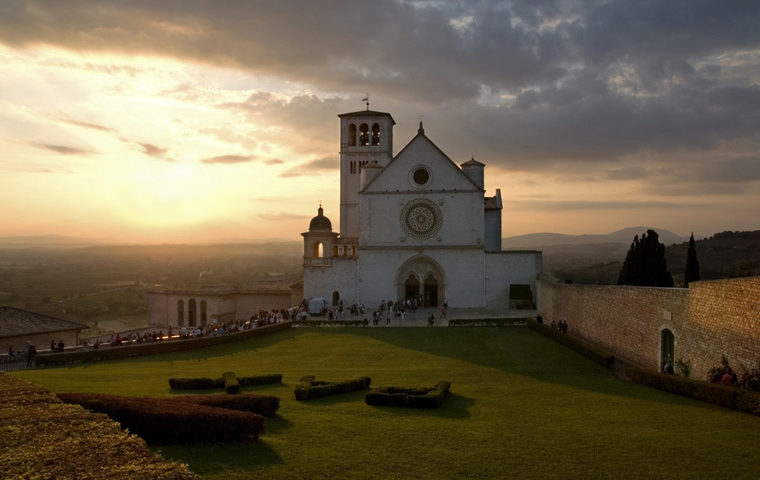Externally, the little shrine of Madonna dei Bagni looks like many other churches in our region, built with bricks, with no decorations or ornaments of any kind.
But it’s inside that the little shrine reveals its wonders: the walls are lined with hundreds of ceramic squares, from the ceiling down, all the same size. They are the votive offerings panels to the Virgin for graces received.
All made by master potters of nearby Deruta, the oldest ones were made in XVIIth century, and embrace nearly four centuries of existence, the most recent of our day. Each tile tells its story: the kind of life the offerer led, his profession, the environment he lived in. It ‘s a very strong emotion: yoou can see the woman possessed by the devil or the young man that fell from a tree, or the one who survived a fire… and so on, the panels are about 700!
The charm of the panels (which will surely catch your attention at first glance) is added to the devotional and religious appeal: the origin of the devotion to the Madonna del Bagno (the correct name) is due to Christofono, a man from Casalina who, in 1655, found on the ground a fragment of a cup with the image of the Virgin and Child, and hung it to a young oak tree in respect for the sacred image.
That sacred image shows the Madonna with Child in her arms, the baby is in a very original pose: he is not sitting on his moter’s knees, but is portrayed in the act of getting up, with the globe in his hands, facing outward.
Returning to our story: two years after, the same man, passing near the oak tree, asked the Madonna to heal his wife that was very sick. Coming back home he found his wife cleaning the house in perfect health; after that episode the devotion began, an altar was built, then a small church, up to the present one, where, behind the altar, you can still see what is left of the oak tree still hanging with his precious piece of pottery.
Some tiles are reproductions, the church has suffered a serious theft years ago. Some tiles have been recovered and, although fragmented, rebuilt and put back in place.
by Benedetta Tintillini
Find the shrine of Madonna dei Bagni on Google Maps:



